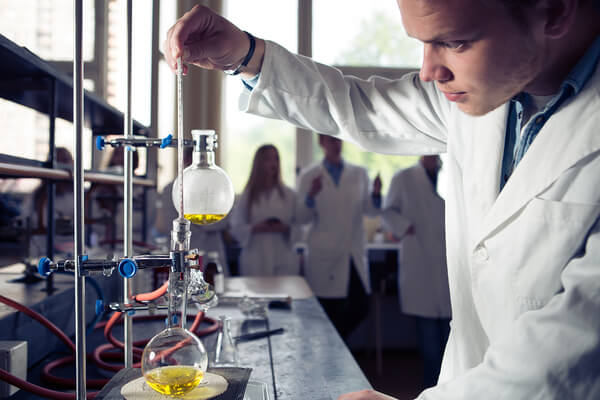The development of generic drugs is a crucial aspect of modern healthcare, providing affordable access to essential medicines for millions of people worldwide. Generic drugs are created to be the same as branded drugs whose patents have expired, ensuring the same active ingredients and clinical effects. The research and development (R&D) process for generics is complex and involves significant investments. International collaborations play a vital role in this process, facilitating the creation of high-quality, affordable generic medicines.
The Role of International Collaborations
International collaborations are essential in the development of generic drugs. These collaborations involve regulatory authorities, pharmaceutical companies, and research institutions working together to ensure the quality and safety of generic medicines. For instance, the U.S. Food and Drug Administration (FDA) collaborates with regulatory authorities around the world to harmonize standards for the development of safe, effective, high-quality generic medicines. This collaboration helps to streamline the approval process, reducing the time and cost associated with developing generic drugs.
Benefits of International Collaborations
International collaborations in generic drug development offer several benefits:
- Access to Knowledge and Expertise: Collaborations allow companies to access knowledge, expertise, and resources from different regions, enhancing the efficiency and effectiveness of the R&D process.
- Streamlined Approval Process: Harmonization of regulatory standards and concurrent scientific advice from multiple agencies reduce the time and cost associated with the approval process, making generic drugs more widely available.
- Improved Quality and Safety: Collaborations ensure that generic drugs meet the same quality and safety standards as branded drugs, providing patients with reliable and effective treatments.
- Increased Efficiency: International collaborations can help to optimize the global development of generic drugs, reducing unnecessary replication of studies or testing methodologies.
Examples of International Collaborations
Several examples illustrate the importance of international collaborations in generic drug development:
- Teva Pharmaceuticals: Teva, a leading generic drug manufacturer, invests significantly in R&D activities, focusing on producing high-quality generic medicines. The company’s R&D team develops products that are equivalent to branded drugs, ensuring the same clinical effects and safety standards.
- FDA’s Office of Generic Drugs: The FDA’s Office of Generic Drugs works closely with regulatory authorities worldwide to evaluate and approve generic drugs. This collaboration helps to ensure that generic drugs are safe, effective, and of high quality.
- International Council for Harmonisation of Technical Requirements for Pharmaceuticals for Human Use (ICH): The ICH is a global organization that brings together regulatory authorities and pharmaceutical companies to develop harmonized guidelines for the development and approval of pharmaceuticals, including generic drugs.
Challenges and Opportunities
Despite the benefits of international collaborations, there are challenges to be addressed:
- Intellectual Property Protection: The need to provide intellectual property protection and market exclusivity for innovative medicines can restrict access to information, knowledge, and technology, making it more difficult for countries to transition from generic production to innovative R&D activities.
- Regulatory Frameworks: National regulations, policies, and laws can shape the development of national pharmaceutical innovation systems, and differences in these frameworks can create challenges for international collaborations.
In conclusion, international R&D collaborations are crucial in the development of generic drugs. These collaborations ensure the quality and safety of generic medicines, streamline the approval process, and provide access to knowledge and expertise. Addressing the challenges associated with intellectual property protection and regulatory frameworks will be essential in fostering further growth and innovation in the generic drug industry.
References
- Congressional Budget Office. (2021). Research and Development in the Pharmaceutical Industry. Retrieved from https://www.cbo.gov/publication/57126
- Teva Pharmaceuticals. (2021). Generic Medicines and R&D: How Teva Produces and Delivers the World’s Largest Medicine Cabinet. Retrieved from https://www.tevapharm.com/news-and-media/feature-stories/generics-medicine-development/
- U.S. Food and Drug Administration. (2023). Collaboration and Scientific Innovation Stimulated Advancement in Generic Drug Program. Retrieved from https://www.fda.gov/news-events/fda-voices/collaboration-and-scientific-innovation-stimulated-advancement-generic-drug-program-2022
- Springer. (2022). Partnership Models for R &D in the Pharmaceutical Industry. Retrieved from https://link.springer.com/chapter/10.1007/978-3-031-11814-2_3
- Biomed Central. (2023). Rising Pharmaceutical Innovation in the Global South: A Landscape Analysis. Retrieved from https://joppp.biomedcentral.com/articles/10.1186/s40545-023-00669-3























